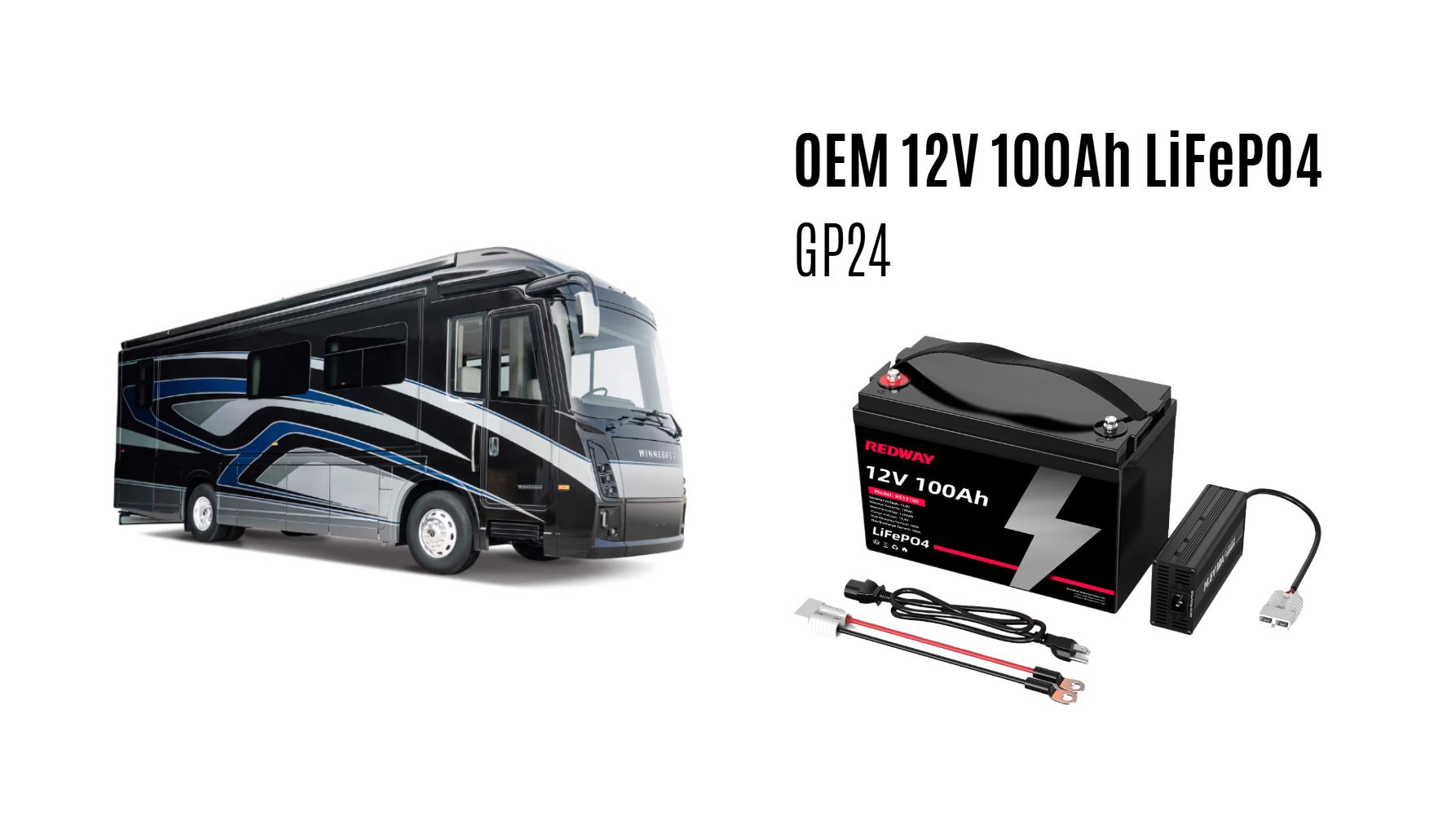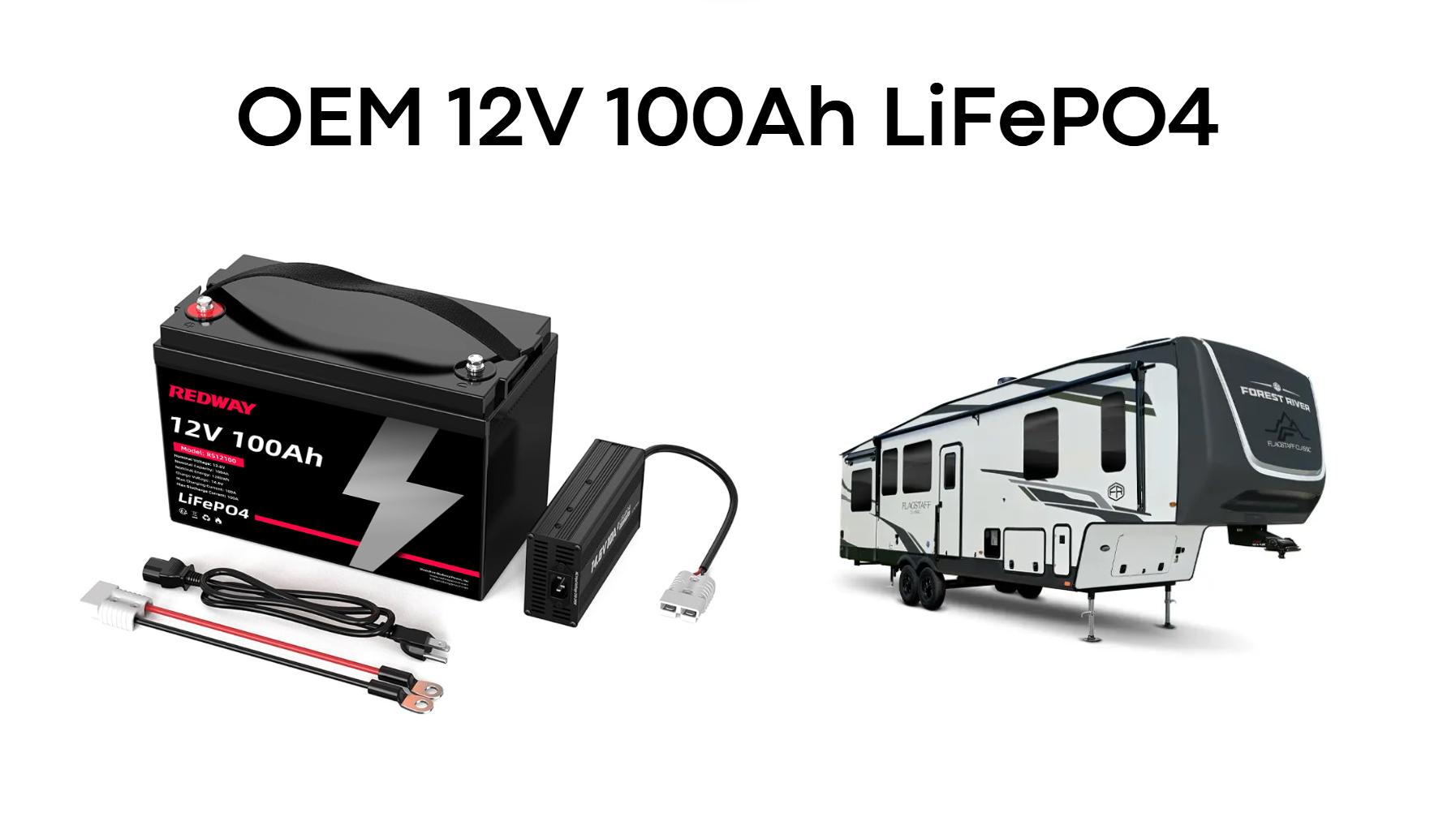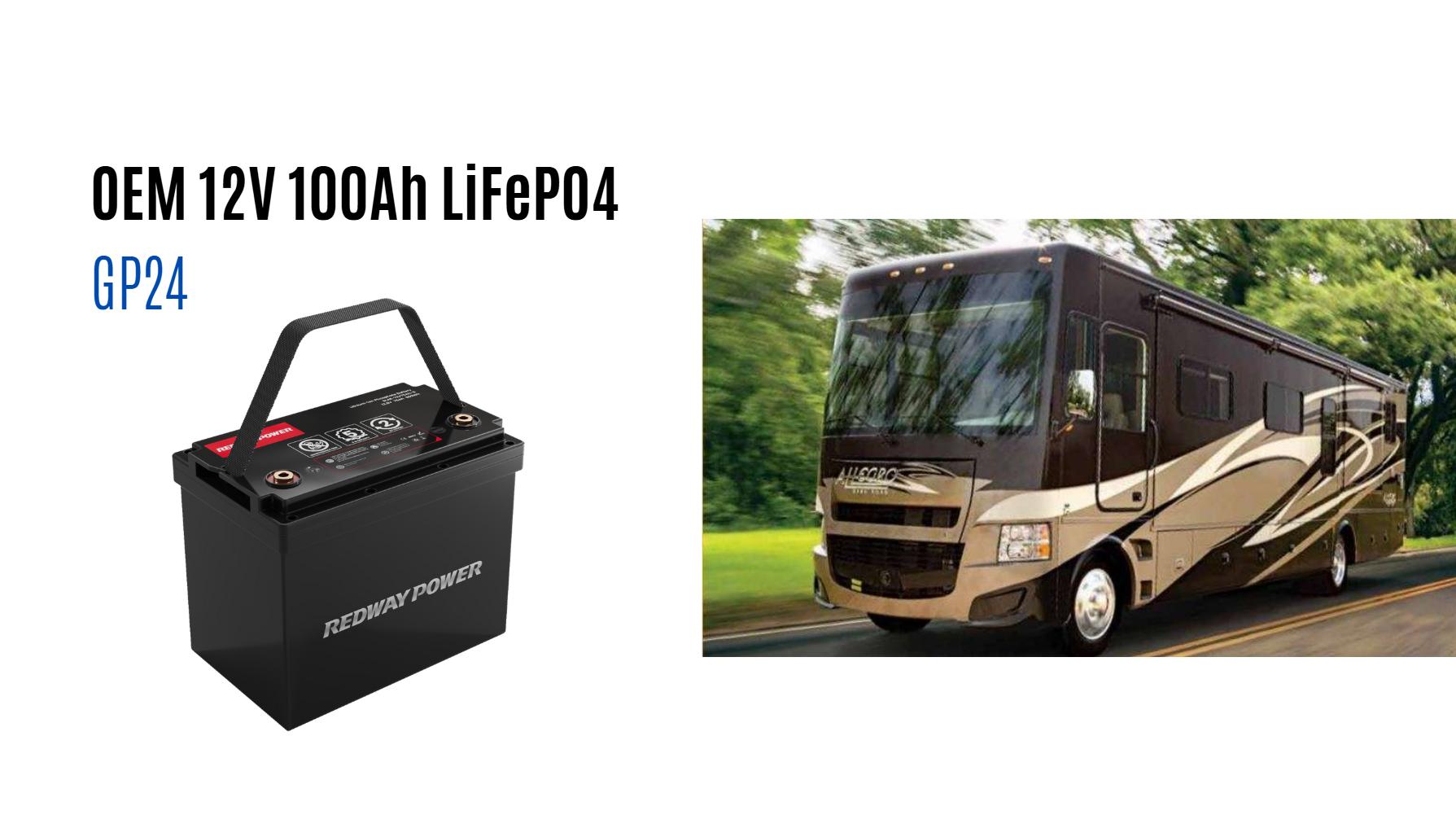How to Optimize Charging for Jayco RV Batteries?
To optimize charging for Jayco RV batteries, use a multi-stage charger, avoid deep discharges, and maintain 50-85% charge levels. Lithium-ion batteries require specific voltage settings, while lead-acid types need periodic equalization. Solar compatibility and temperature-adjusted charging further enhance efficiency. Regular monitoring via battery management systems ensures longevity and performance.
What Types of Batteries Are Used in Jayco RVs?
Jayco RVs typically use lead-acid (flooded, AGM, gel) or lithium-ion batteries. Flooded lead-acid requires regular water refills, while AGM/gel are maintenance-free. Lithium-ion offers higher depth of discharge (80-100%) and faster charging but demands specialized chargers. Battery choice impacts charging techniques, lifespan, and compatibility with onboard RV electrical systems.
How Does Temperature Affect Jayco RV Battery Charging?
Temperature extremes reduce charging efficiency. Cold slows chemical reactions, requiring higher voltages, while heat accelerates degradation. Lithium-ion batteries perform best at 50-86°F. Use temperature-compensated chargers and insulate batteries in freezing conditions. Avoid charging in direct sunlight or sub-32°F environments to prevent capacity loss or permanent damage.
In colder climates, battery capacity can drop by up to 20% at freezing temperatures. For winter camping, consider heated battery blankets or storing batteries in insulated compartments. Conversely, in hot desert environments, excessive heat increases the risk of electrolyte evaporation in lead-acid batteries. Lithium-ion batteries with built-in thermal management systems automatically adjust charging rates when internal temperatures exceed 95°F. Always check manufacturer specifications—some lithium models can safely operate in -4°F to 140°F ranges with reduced performance.
Can Solar Panels Charge Jayco RV Batteries Effectively?
Yes, solar panels effectively charge Jayco RV batteries when paired with MPPT charge controllers. Systems require 200-400W for basic needs, with tiltable panels optimizing sun exposure. Lithium-ion batteries charge faster from solar due to higher absorption rates. Ensure compatibility between solar output voltage and battery bank specifications to avoid under/overcharging.
For optimal solar performance, angle panels at your latitude plus 15° in winter or minus 15° in summer. Portable solar kits like Renogy’s 200W suitcase system provide 12-18A daily in full sun—enough to replenish a 100Ah lithium battery. Partial shading can reduce output by 50%, so use parallel wiring configurations to minimize losses. Pair solar arrays with a battery monitor to track state-of-charge; lithium batteries show linear voltage discharge curves, making precise monitoring essential.
What Safety Precautions Are Vital During Charging?
Key precautions include:
– Ventilating hydrogen gas from lead-acid batteries
– Using UL-listed chargers with surge protection
– Disconnecting batteries before maintenance
– Avoiding sparks near battery compartments
– Wearing acid-resistant gloves and goggles
Lithium-ion systems require BMS (Battery Management System) integration to prevent thermal runaway during charging.
How Often Should Jayco RV Batteries Be Charged?
Charge lead-acid batteries before dropping below 50% capacity (12.1V). Lithium-ion can safely discharge to 20% (12.8V). For storage, maintain lead-acid at 100% using float chargers, while lithium-ion prefers 50-60%. Recharge within 24 hours after deep discharges to prevent sulfation (lead-acid) or cell imbalance (lithium).
Which Chargers Are Best for Lithium-Ion RV Batteries?
Top lithium-ion chargers include:
1. Victron Energy Blue Smart IP65 (adjustable voltage profiles)
2. NOCO Genius GENPRO 10X (temperature-sensing)
3. Renogy DC-DC Charger (for alternator integration)
Ensure chargers provide CC/CV (Constant Current/Voltage) phases and support LiFePO4 chemistry. Avoid chargers without lithium-specific modes, as incorrect voltages cause permanent damage.
Why Is Equalization Charging Critical for Lead-Acid Batteries?
Equalization reverses sulfation by applying controlled overvoltage (15.5V for flooded lead-acid). Perform every 10-12 cycles or monthly during heavy use. AGM/gel batteries require lower voltages (14.4-14.8V) and shorter durations. Never equalize lithium-ion batteries—it risks thermal runaway and voids warranties.
How to Troubleshoot Common Charging Failures?
| Issue | Solution |
|---|---|
| Battery not holding charge | Test specific gravity (lead-acid) or cell voltage (lithium) |
| Charger overheating | Check for short circuits or incompatible voltage settings |
| Slow solar charging | Clean panels, verify MPPT function, inspect wiring |
Expert Views
“Jayco owners often overlook alternator charging limitations. RV alternators rarely provide sufficient voltage for lithium batteries—a DC-DC charger is essential. For solar systems, I recommend oversizing arrays by 25% to account for cloudy days. Always prioritize battery temperature management; a single thermal event can halve lithium lifespan.”
— Redway Power Solutions Senior Engineer
Conclusion
Optimizing Jayco RV battery charging requires understanding battery chemistry, environmental factors, and equipment compatibility. Implement solar/alternator hybrids for off-grid reliability, adhere to manufacturer voltage guidelines, and invest in monitoring tools. Proactive maintenance prevents 83% of charging-related failures reported in RV forums.
FAQ
- Q: Can I charge lithium and lead-acid batteries simultaneously?
- A: No—different voltage requirements risk overcharging one bank. Use separate chargers or isolators.
- Q: How long does a full charge take?
- A: Lead-acid: 8-12 hours. Lithium: 4-6 hours with compatible chargers.
- Q: Are wireless battery monitors reliable?
- A: Yes—modern Bluetooth monitors like Victron BMV-712 provide ±0.1V accuracy for real-time tracking.



